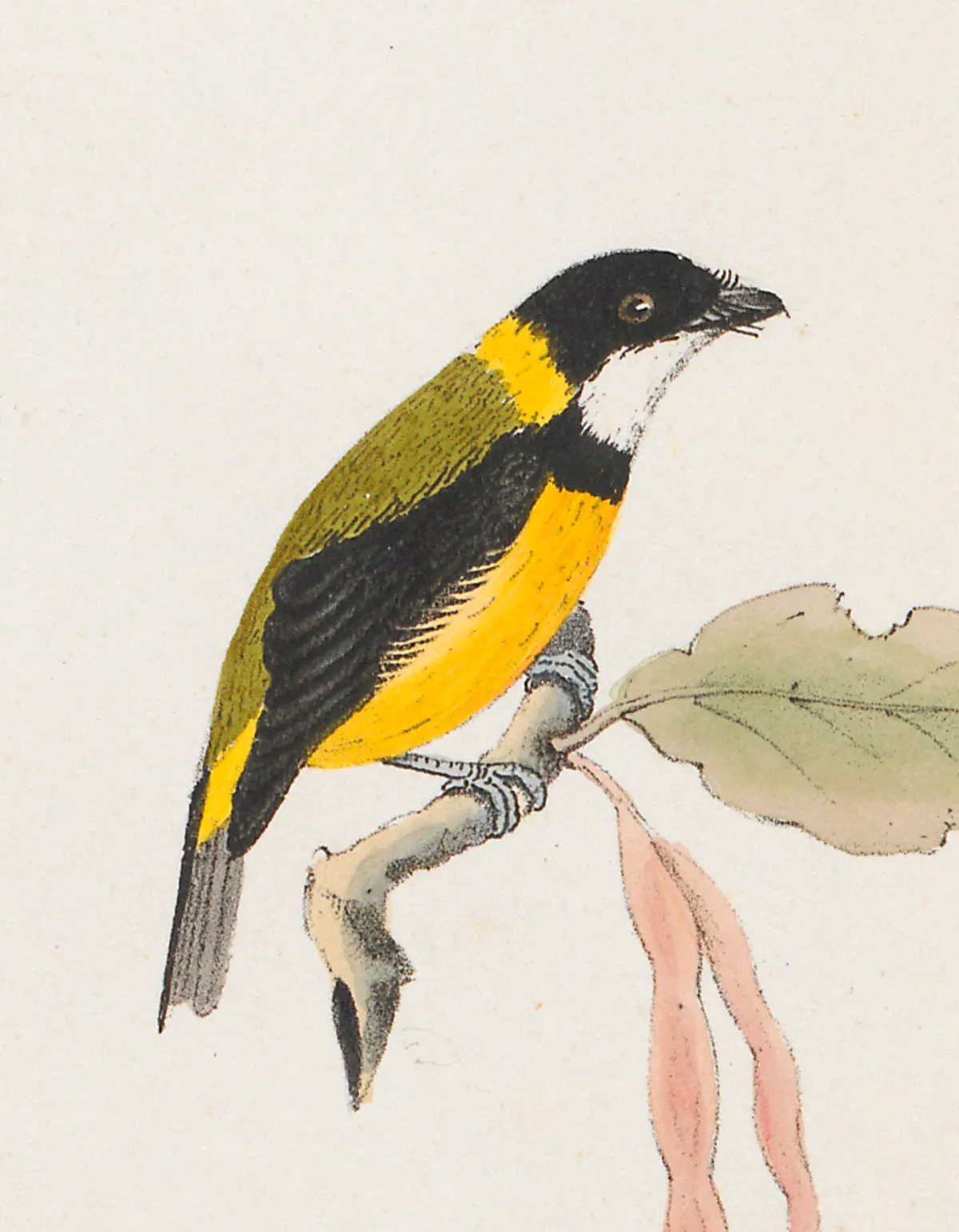The world list of poisonous birds is tiny. Now two more species have boosted that tally – the first additions for more than 20 years.
The discovery was made thanks to arduous fieldwork in the jungles of Papua New Guinea by Kasun Bodawatta and Knud Jønsson from the University of Copenhagen.
The regent whistler and the rufous-naped bellbird are distinctively plumaged species, whose colours sing out in the half-light of their rainforest home.
Feathers collected from them were key to unlocking their poisonous secret through later laboratory analysis in Denmark.
Both birds contain Batrachotoxin (BTX) in their feathers and bodies. This is a potent nerve poison, best known from the skin of ‘poison dart’ frogs in Central and South America.

High concentrations of BTX, such as in a few of those frogs, can cause violent muscle spasms, heart failure and rapid death in humans.
According to Bodawatta, the birds’ toxins are the same type as that found in frogs but are in much lower concentrations.
Both the whistler and the bellbird have genetic mutations that function in similar – but not identical – ways to those in frogs, to protect them from the poison that may come from their food.
A crucial part of this resistance occurs at the micro level of cell membranes, where sodium affects the transmission of nerve impulses.
“In order to adapt to this Batrachotoxin lifestyle, you need some sort of adaptation in these sodium channels,” says Bodawatta.
It’s a classic case of convergent evolution, where both the birds and the frogs have independently developed a similar way of coping with their internal toxins.
For the birds, it’s not yet known whether the poison deters predators or defends against skin parasites.
The downside was that Bodawatta suffered ill effects from handling the birds during the study: “Knud thought I was sad and having a rough time on the trip when they found me with a runny nose and tears in my eyes. It’s a bit like cutting onions, but with a nerve agent, I guess.”
Main image: Molecular Ecology reveals the rufous-naped bellbird is resistant to Batrachtoxin. © Education Images/Universal Images Group/Getty